Setting a STANDARD
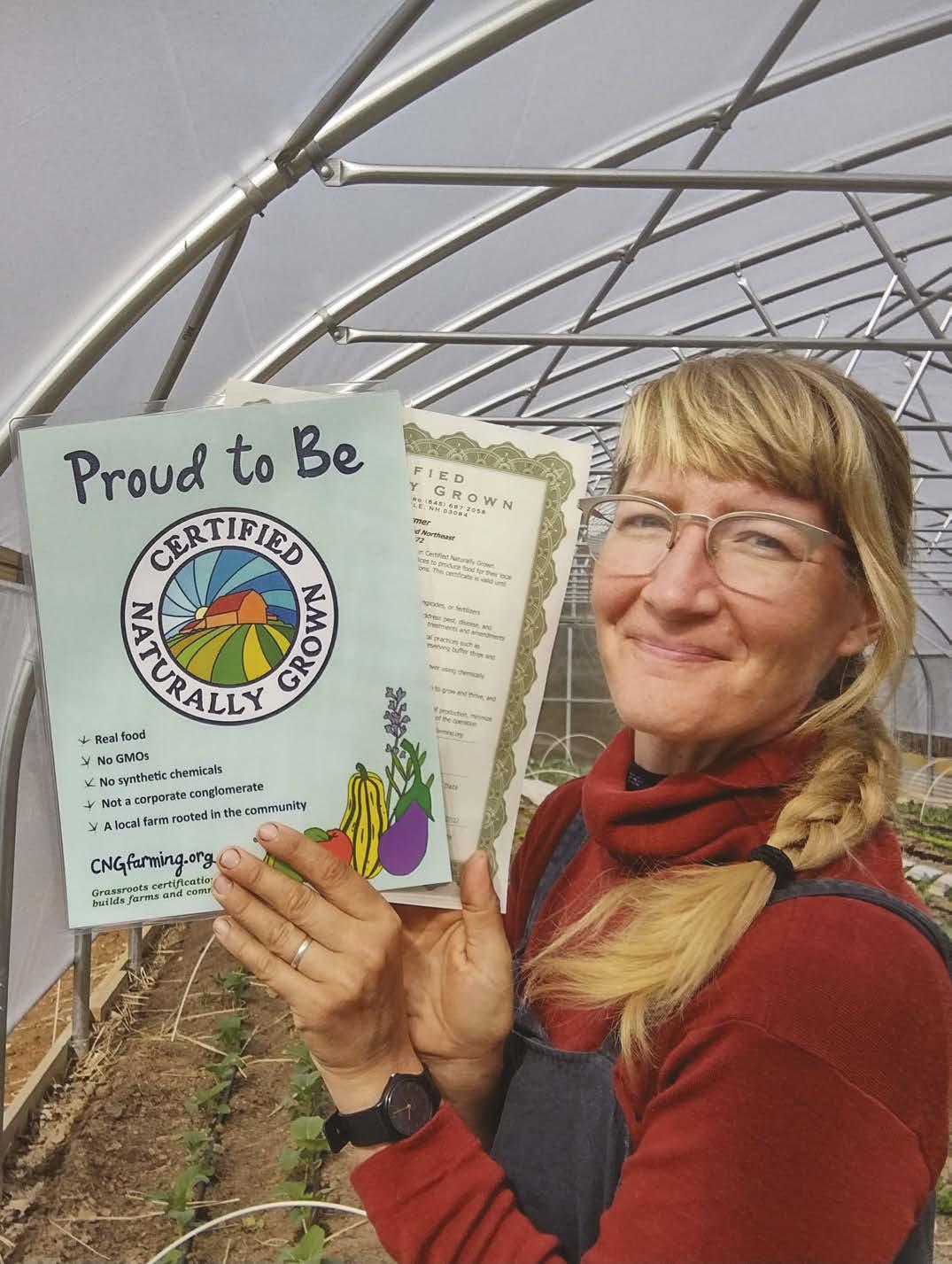
Across the world, trillions of honeybees are hard at work, pollinating vital crops and turning nectar into honey. In various locations near Wilmington, Delaware, more than a million of those bees return home to "microapiaries" under the care of Stephanie Grant.
"I am selective in my locations, as the properties cannot be treated with synthetic herbicides or pesticides," she says. "There needs to be an abundance of natural resources, including a variety of pollen and nectar sources, as well as a water source, and I need to ensure that the safety of the bees and people are always at the forefront. I believe we need to use nature and work with it, not against it." This belief system is what led Grant to pursue Certified Naturally Grown certification for her Sassy Bee Honey two years ago. Largely described as a grassroots alternative to the U.S. Department of Agriculture Certified Organic label, Certified Naturally Grown producers see it as that and more.
"I read the acronym somewhere online, and I did not know what it was, so I researched it," Grant says. "As I read, I thought it was completely in line with my current philosophy and many of the practices I already followed. I did have to make a few modifications to become certified, but they were changes that are for the betterment of the bees, so I was completely on board."
For beekeepers, USDA Certified Organic approval is difficult. To start, the National Organic Program doesn't have an apiculture standard, rather it relies on the livestock standards, a few items on the allowed synthetic-materials list, plus some "draft guidance" standards that have been issued but not made official by the National Organic Standards Board. Because bees can travel miles to forage, a USDA Certified Organic operation must prove their bees forage from plants not treated with prohibited materials in a 1.8-mile radius, which is difficult to come by.
この記事は Hobby Farms の November - December 2022 版に掲載されています。
7 日間の Magzter GOLD 無料トライアルを開始して、何千もの厳選されたプレミアム ストーリー、9,500 以上の雑誌や新聞にアクセスしてください。
すでに購読者です ? サインイン
この記事は Hobby Farms の November - December 2022 版に掲載されています。
7 日間の Magzter GOLD 無料トライアルを開始して、何千もの厳選されたプレミアム ストーリー、9,500 以上の雑誌や新聞にアクセスしてください。
すでに購読者です? サインイン
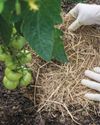
Much Ado about MULCHING
MULCHING IS ESSENTIAL TO A SUCCESSFUL GARDEN.
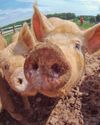
THE ULTIMATE SMALL-FARM HOG Guide
RAISING PIGS CAN BE A TASTY, AFFORDABLE SMALL-FARM ADDITION.
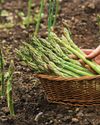
PERENNIAL Perks
PERENNIALS PLANTS CAN PRODUCE AND PRODUCE IF YOU PUT IN THE WORK UPFRONT.
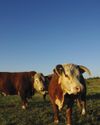
THE breeds YOU NEED
SOME LIVESTOCK DO BEST ON SMALL HOBBY FARMS.
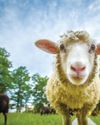
THE Ultimate SMALL-FARM RUMINANT
SHEEP ARE EASY TO MANAGE AND EFFECTIVE FORAGERS.
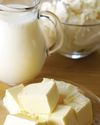
DAIRY STAPLES
MAKE THESE DAIRY PRODUCTS FROM NONHOMOGENIZED MILK.
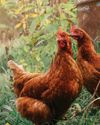
raise STRONGER CHICKENS
Look around your kitchen, and you'll likely find some natural poultry supplements.
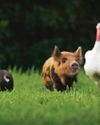
FLERD is the Word
EXPLORE THE BENEFITS & BARRIERS OF MULTISPECIES PASTURING.
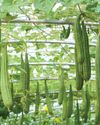
Avant Gourd
GROWING LUFFA GOURDS PAYS OFF IN GARDENS AND AT MARKET.
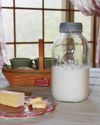
RIPE with CULTURE
MAKE DELICIOUS, REFRESHING BREADS, MARINADES & MORE.
